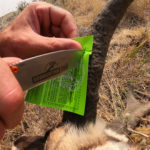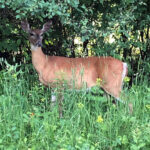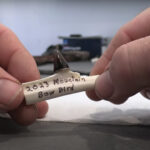All food plots should be planted with caution, care and plenty of planning. That holds especially true for the perfect kill plot, which is also referred to as a micro plot. By definition, kill plots are small plantings that are strategically located, oriented, shaped, synced, timed, and more.
In short, these are to help fill deer tags, and that’s it. Once you think you’ve selected the right spot, here are 10 requirements, or steps, the ideal micro whitetail food plot should satisfy.
Goals of a Kill Plot
While larger food plots are mostly meant to feed the herd, and perhaps accommodate the occasional gun hunt, kill plots aren’t destined for that. Sure, deer feed in these and garner some forage from them. But the primary goal is to put deer in position for shot opportunities.
That’s easier said than done, though. Not just any location will do. And intercepting deer in daylight isn’t a simple matter. You have to know the ins and outs of the property, as well as how deer traverse it, in order to place kill plots in the right location. In short, you’re putting these micro plots in their way.
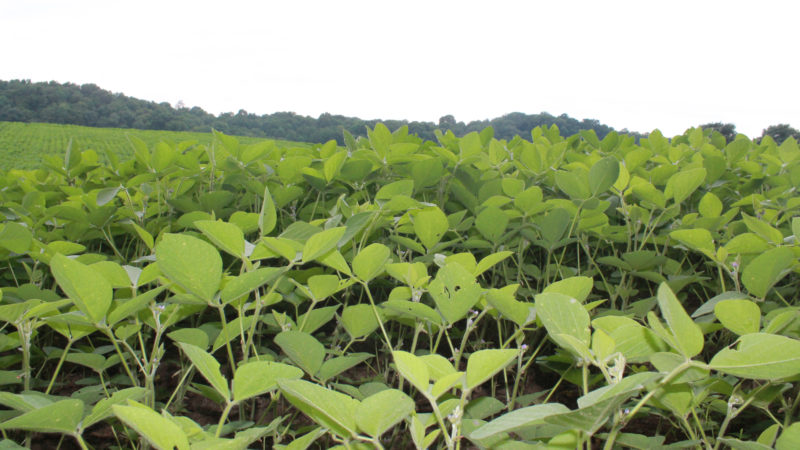
1. Consider Entry Routes
Once a location is chosen, the first step is to ensure there are good entry routes leading to it. If you can’t get to the spot without bumping deer visually, audibly or with scent, choose another location.
It’ll never be a good kill plot if you blow out deer before making it to the treestand or ground blind.
2. Remember Exit Routes
The same holds true for exit routes. If you can’t get out of the food plot and back to the truck without spooking deer, it still isn’t a good spot. It might be good once or twice, but it won’t have any longevity. Best to find another area.
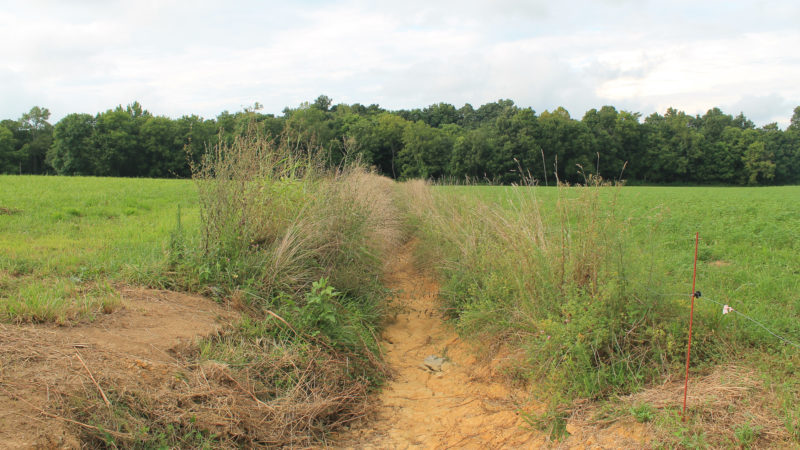
3. Know the Bedding Areas
The next factor is bedding. Of an afternoon, most deer, especially mature bucks, won’t make it to large food sources before dark. And generally, they aren’t still in those food sources once the sun comes back up. Instead, they’re closer to bedding, or already back in their bedding areas.
This makes it especially important to position kill plots closer to where they spend time during daylight. After all, you need to be where they are during legal shooting hours. Just don’t get too close to the beds or you’ll blow the entire gig.
4. Factor in Destination Food Sources
Another consideration is food. Know where the major destination food sources are located, and what they are. Think about each of these in relation to location and when deer are hitting these.
Oftentimes, deer use certain bedding areas, or at least certain trails leading in and out of these, based on the food sources they’re hitting at the time. This also effects if, when, and how deer pass through kill plots.
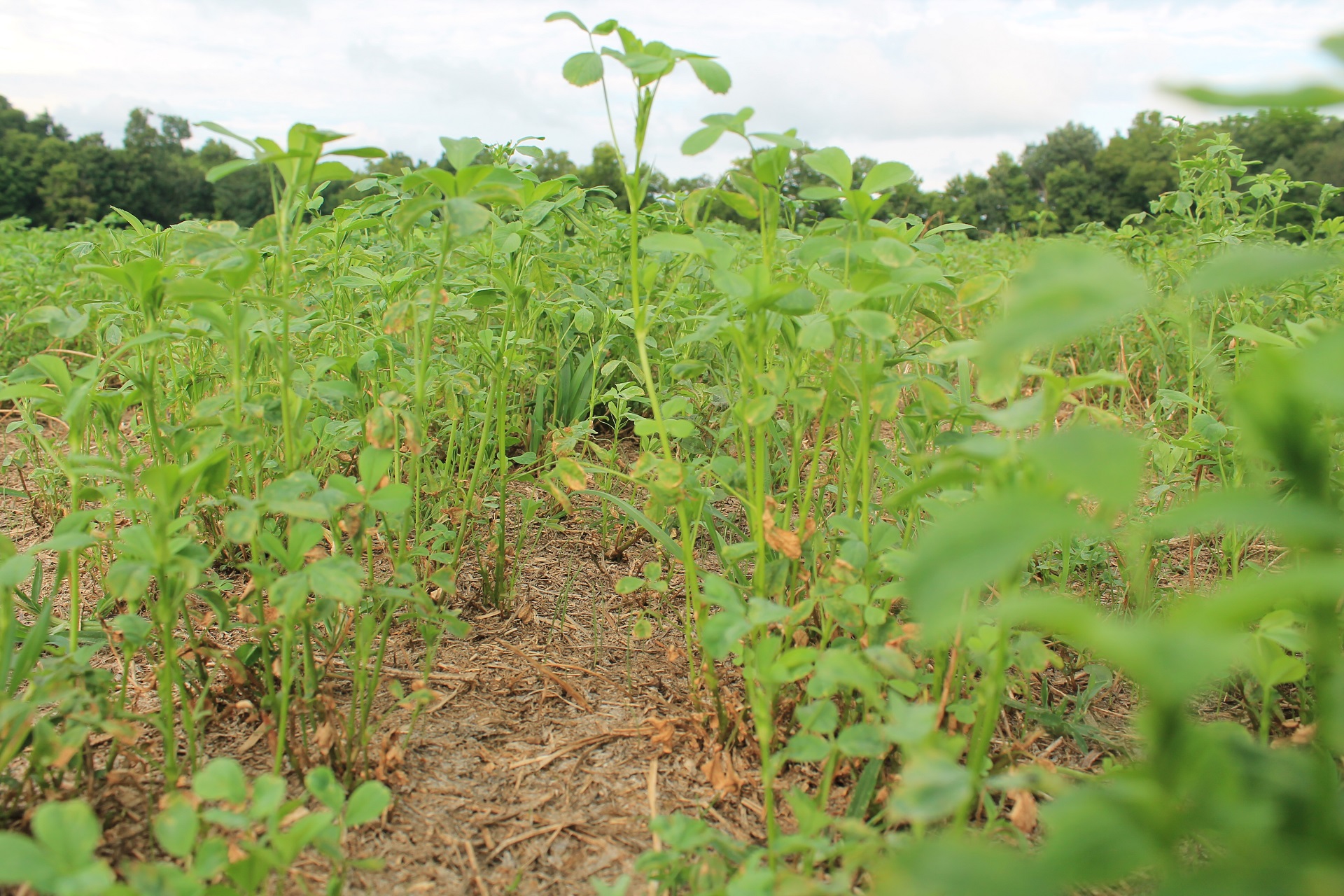
5. Sync the Plot Species
Understanding the need to position kill plots along trails that connect bedding to destination food sources is crucial. That said, it’s also good to sync your kill plot plant species with the destination food source that’s beyond it so they are hitting peak attractiveness simultaneously. This increases the likelihood that deer will pass through the kill plot, rather than bypassing it within cover.
6. Leverage Water Sources
Thinking about water is another important thing to do. Oftentimes, in the afternoon, deer hit water sources before they reach major food sources. When convenient, plant kill plots next to, or close to, water.
If natural water sources aren’t available close by, put in small water holes in strategic locations within the plot.
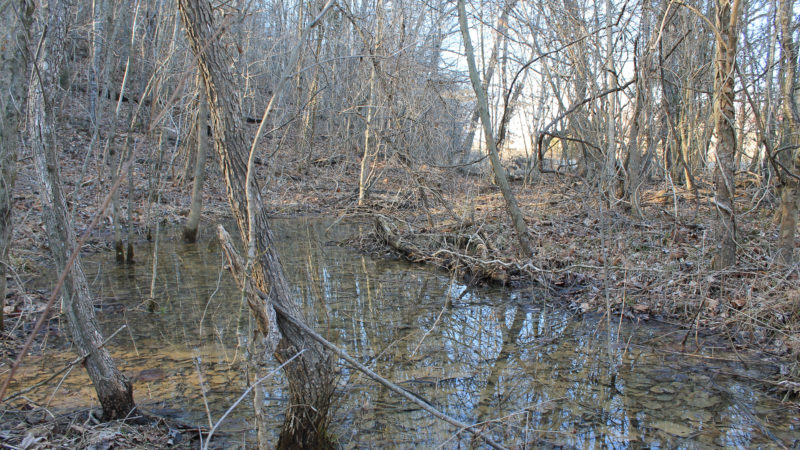
7. Account for Lines of Travel
As previously mentioned, it’s important to know how deer get from point A to B. This includes bed-to-feed and feed-to-bed patterns. But it also means charting the rest of the local trail network. Perhaps you’ll place a micro plot along a trail that connects doe bedding areas for rut hunting.
Or maybe you’ll locate one close to a sanctuary that remains unhunted until the late season. Whatever the case, account for all lines of movement and travel.
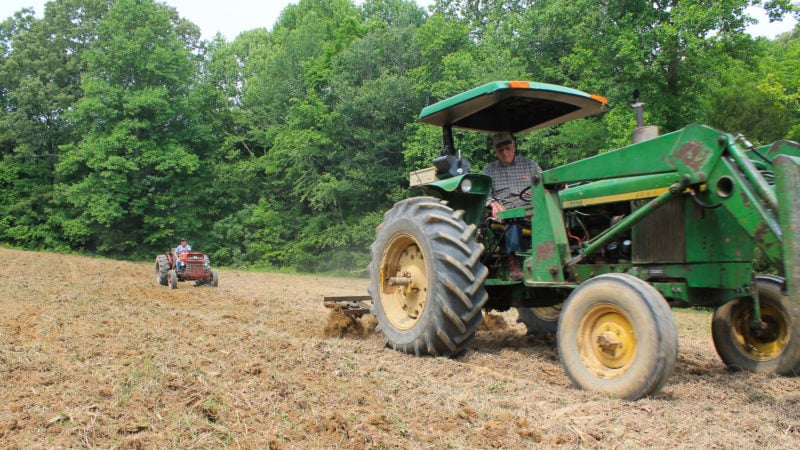
8. Make a Shape
Location is great, but it’s also important to make kill plots the right shape. Generally, when bucks enter food plots, they’ll at least walk to the point where they can see the rest of it.
With flat ground and circular, square, rectangular or other easy-to-see plots, deer don’t have to work hard to see the rest of the open area. Enter unorthodox food plot shapes. Hunters who plant T-, U-, J-, K-, L-, V-, hand-, hourglass-, and turkey-foot shaped plots encourage deer to travel to the vertexes — or turning points — within these plots.
Mow out the desired shape within openings. Or, plant a tall-growing plant throughout the area, let it mature, and then mow out the desired shape within it.
9. Orient for Wind Directions
Turning these food plots on their axis, otherwise known as orienting, is important for the perfect plot. Consider where deer are bedding, feeding, and watering. Think of the trails they’re using. Then factor in the best wind direction(s) to hunt that particular spot.
You’ll need to orient the kill plot and turn it clockwise or counter-clockwise to get it right. Wind allowing, positioning stands and blinds at the vertexes increases the odds of getting a shot off.
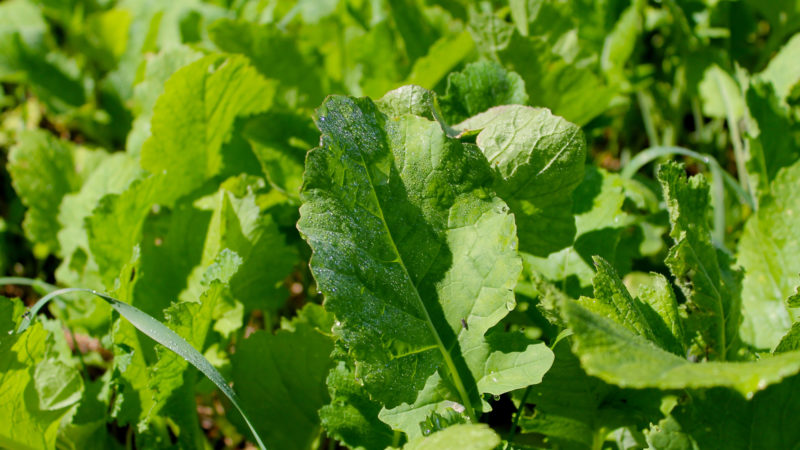
10. Plant Plot Screens
Finally, increase daylight usage and help deer feel safe within the plot by planting food plot screens around it. Egyptian wheat, sorghum, and corn are popular choices among food plotters.
Other longer-term options include big bluestem, little bluestem, giant miscanthus, and more. You can also use these along entry and exit routes.
Bonus: Implement the Extras
Some hunters will likely choose to add additional appeal to their micro plots. There are numerous ways to do this. First, try creating mock scrapes, scrape trees, horizontal rubbing posts, etc. Also, where legal, perhaps consider mineral licks, bait stations, and other ways to increase deer activity.
All things considered, kill plots are very effective, especially when done right. It can really enhance a property, and make it easier to hunt. Fill your tags this fall by planting the perfect kill plot for deer on the properties you hunt.

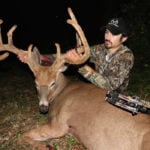 By
By 